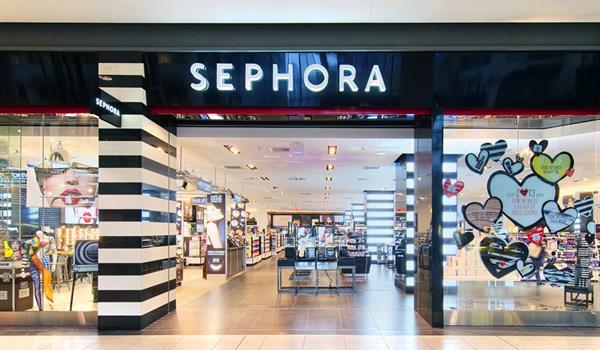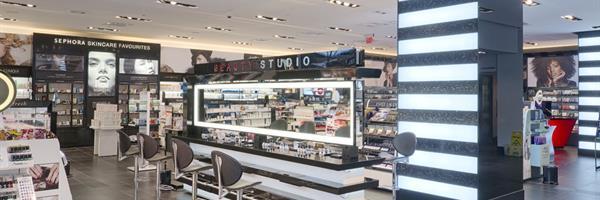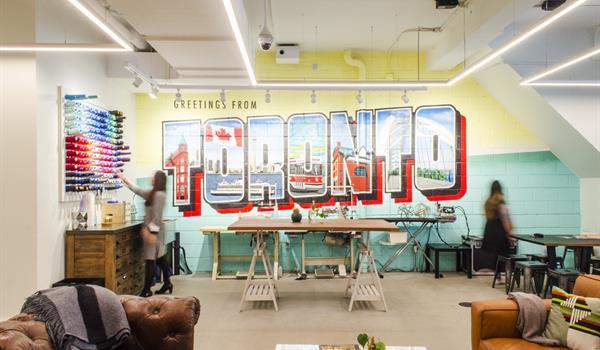Recently, Nintendo and Niantic Labs released a children’s game called Pokémon GO. Based on the popular video game franchise, players download an app on their smartphone that superimposes a cartoon world over a map of their city. They are invited to explore, with the opportunity to engage and catch battling creatures in high-density areas. Civic spaces, landmarks, and shops are treated as battle arenas, inviting clusters of players to congregate outside of sculptures, churches and murals.

It is immensely popular. This is a monumentally successful augmented reality (AR) experience. And it won’t be the last.
AR isn’t as immersive as virtual reality – which essentially blocks out reality for a digital experience – but instead implements subtle visual and audio hints into a user’s sensory experience to create the illusion of immersion. In the case of Pokémon GO, this means pointing your device’s camera and having an animated cartoon creature appear on the screen as if it were actually in front of you. In a retail setting, product information might be displayed on your smartphone simply by pointing its camera at your intended purchase.
As we work with our retail clients, this is a trend we are paying close attention to. Recently, Sephora launched its largest North American outlet yet at the Yonge Eglinton Centre. We have been working with Sephora since they arrived in Canada in 2004 with our work encompassing all of their Canadian locations as well as a few stateside locations. In addition to expanding their physical presence in Toronto and beyond, Sephora is also expanding digitally.

This year Sephora took a strategic foray into the AR trend, releasing an app that allowed shoppers to virtually test out makeup with a self-facing camera. The app uses facial detection, allowing users to apply different shades of lipstick and immediately order their favourite online. While some might still want the experience of coming into a retail outlet and physically trying on the makeup, this an example representative of a whole new level of choice for consumers.
Similarly, Starbucks has jumped in on the trend. The extent of their AR work has been to create cups that display animated greetings when viewed through a phone screen. But they have implemented other digital tools, such as their newly created express stations like the one in Toronto’s Union Station. These outlets feature touch displays and a streamlined customer experience. It is another example of technology taking centre stage in the retail environment. Complemented by their ordering app, shopping at Starbucks is becoming more and more about individual experiences with digital interfaces.
This points to an overall shift in retail towards experiential marketing. More and more we are seeing our clients develop concepts that speak to individual experience within a retail space. Take, for instance, our work on Lululemon Queen West.

But outside of the physical world, the digital frontier is a common place to take experiential retail, turning each shopper’s personal digital device into a tool that customizes their experience at the store. Similarly, interactive terminals and displays provide other opportunities to personalize the customer experience, creating portals for interaction and exploration.
Our recent work accommodates this shift. More and more our projects have begun accommodating digital interfaces that allow users to augment their experience with pre-ordered coffee, interactive travel itineraries and access to expanded merchandise options. As our retail partners meet the demand of consumers who want to connect their devices to retail institutions, we are finding ways to mediate that demand and realize it within physical space.
AR and greater technological connectivity might be child’s play when it comes to Pokémon GO but it’s serious business in the retail environment. We anticipate a massive shift in the coming years to digitally enhanced retail environments and shopping experiences. And we’ll be ready.
Jeff Hardy
Principal